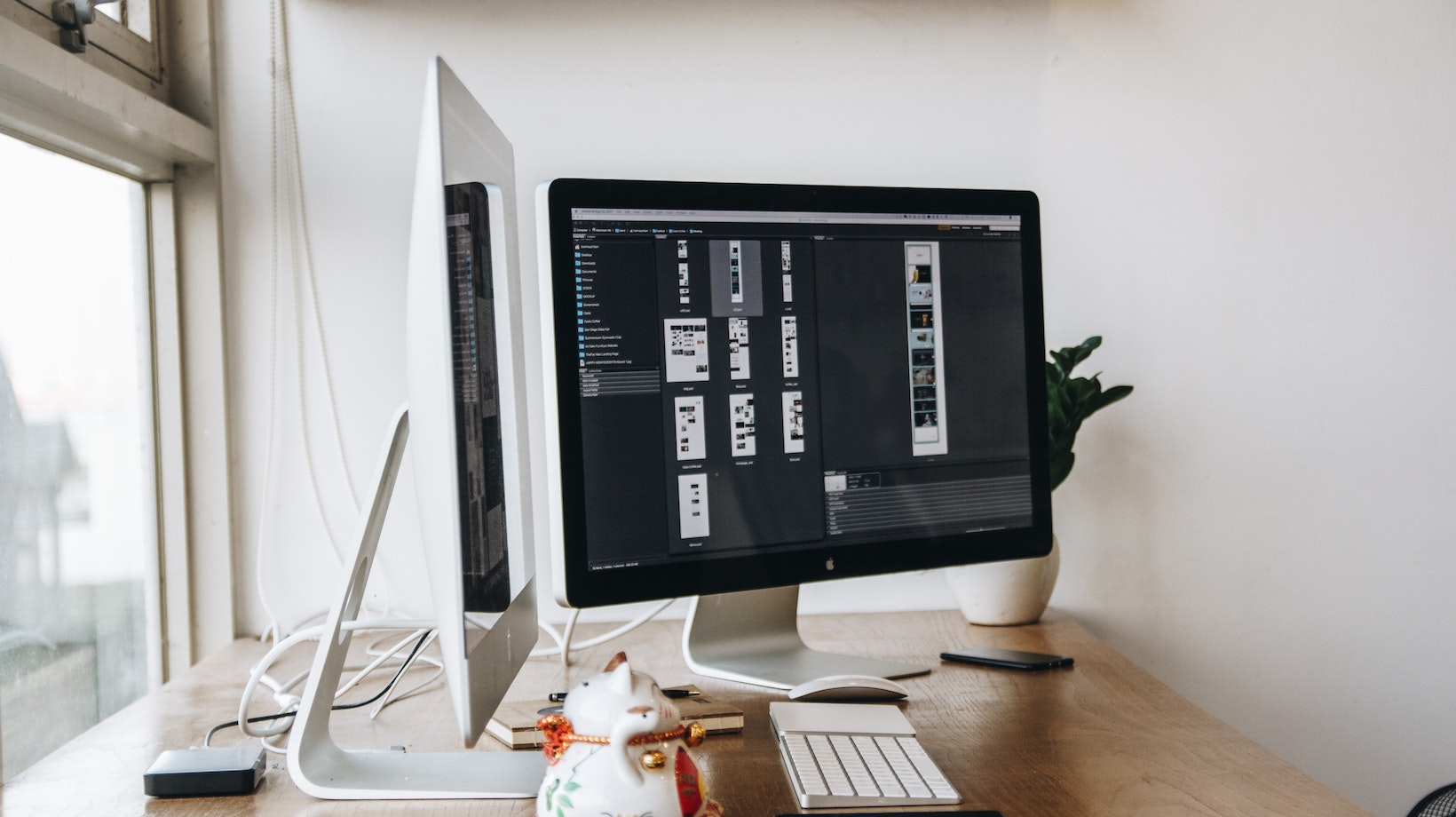Table of Contents
ToggleUnderstanding Different Types of Blending Modes
So now let’s uncover what these different types of blending modes are all about:
- Normal: This is our default setting where new colors simply overwrite existing ones.
- Multiply: Here’s where things get interesting. Multiply makes colors darker by “multiplying” pixel values.
- Screen: On the flip side of Multiply is Screen which lightens colors instead.
- Overlay: Overlay combines both Multiply and Screen for a balanced effect.
And those are just a few examples! Each blending mode has its own unique characteristics that can add depth and dimension to your work.
Effects of Different Blending Modes on Your Illustrator Artwork
Now onto possibly one of the most exciting aspects: seeing how changing our blend mode affects our design! When we switch up a blend mode, it alters how colors on different layers mix together. For instance, choosing “Multiply” can give us rich shadows while picking “Screen” often results in stunning highlights.
Subtle or dramatic changes – it really depends on which blend mode we opt for. But one thing’s certain – knowing how to change blending mode in Illustrator opens up a world of creative possibilities.
Different blending modes have distinct impacts on your artwork. Let’s break down some common ones:
- Multiply: This darkens colors by multiplying their values — it’s perfect for creating shadows or deepening hues.
- Screen: It lightens colors by screening them, making it an excellent choice for highlights.
- Overlay: This combines Multiply and Screen effects based on underlying layer brightness — great for enhancing contrast.
Each mode gives a unique feel and understanding how each one affects your design will open up new opportunities in your creative process.

Practical Tips for Selecting Appropriate Blending Mode in Illustrator
Choosing the right blending mode can be as much art as science! Here are some tips we’ve found helpful:
- Experiment! There’s no substitute for seeing how each mode changes your work firsthand.
- Start with basic blend modes (like Multiply or Screen) before moving onto complex ones (like Difference or Exclusion).
- Remember that subtlety often works best – stark changes may not always serve your design well.
We hope this section gives you a solid foundation on how to change blending mode in Illustrator. As with any tool, the key is to practice and experiment until you find what works best for your style and project needs.
How to Change Blending Mode in Illustrator
For those looking for a bit more control over their designs, we have some advanced tips up our sleeves. Let’s dive into different ways we can alter the blending modes:
- Blend using Transparency panel: First off, we need to select our object or group of objects. Then, head on over to the ‘Window’ menu and choose ‘Transparency. From there, you’ll see a drop-down menu where you can select your desired blend mode.
- Shortcut Key Magic: If you’re someone who likes speed and efficiency (who isn’t?), then keyboard shortcuts will become your new best friend. To quickly cycle through blend modes, simply hit Shift + Alt + E (for Windows) or Shift + Option + E (for Mac).
Now that we’ve covered the basics of how to change blending mode in Illustrator, let’s talk about how this can optimize your workflow.
- Experiment with new looks: Changing blend modes allows us to create unique overlays and effects without needing extra plugins. This saves time and keeps our workspace clutter-free.
- Adjust on the fly: The beauty of Illustrator is that all changes are non-destructive. That means we can experiment freely with different blending modes knowing we’re not permanently altering our original design.
Applying these practices will help you work smarter, not harder. And who doesn’t want that? Remember that practice makes perfect. The more you experiment and learn, the better you’ll get at using blending modes in Illustrator. So go forth and blend away!







